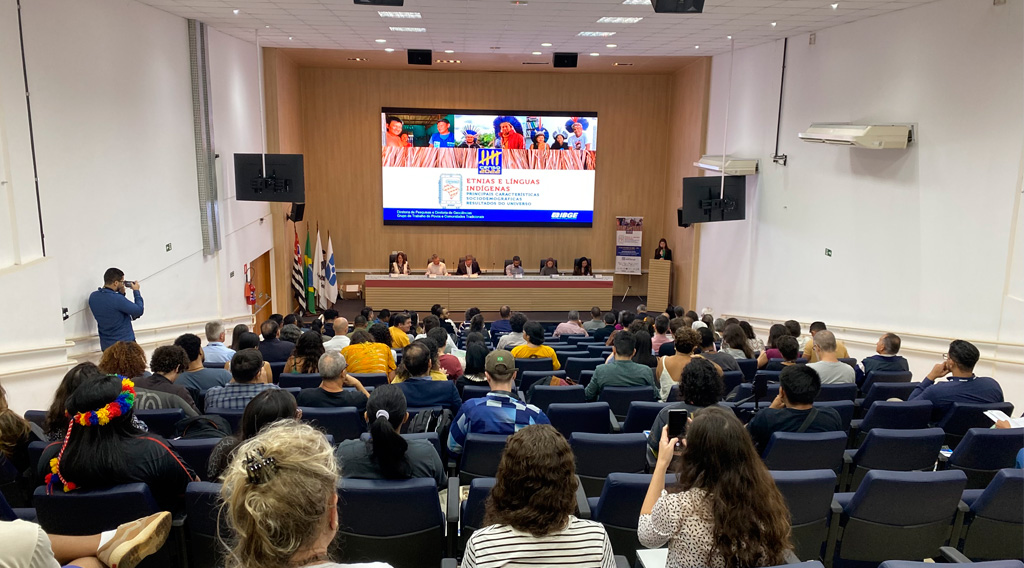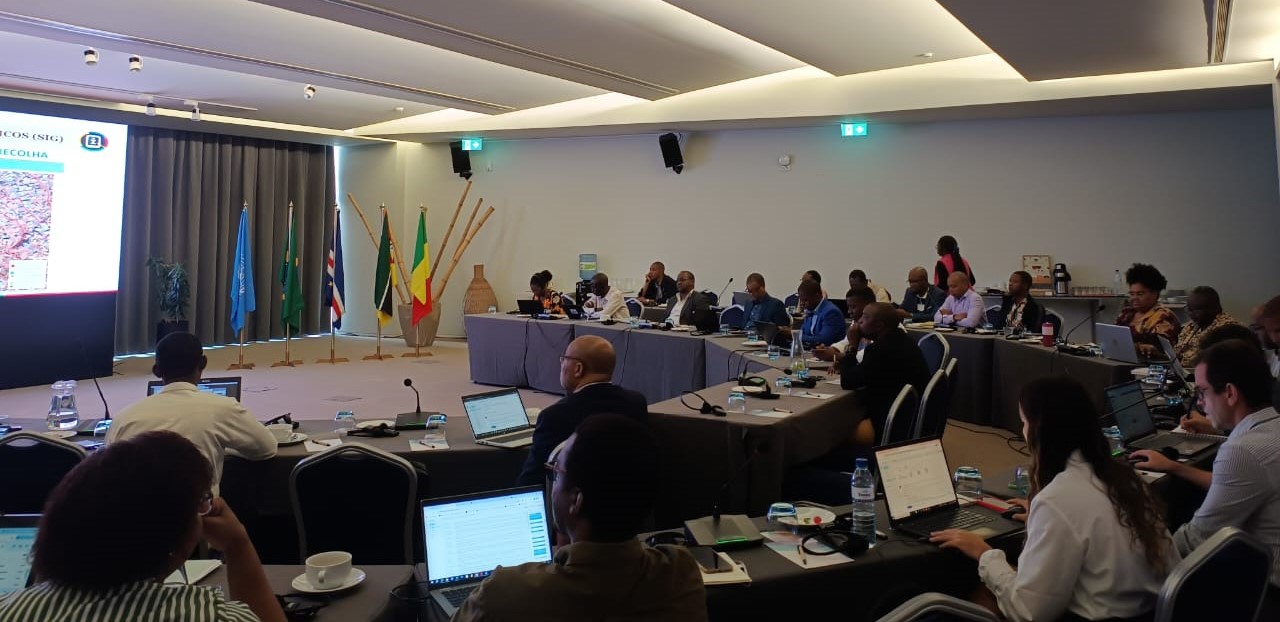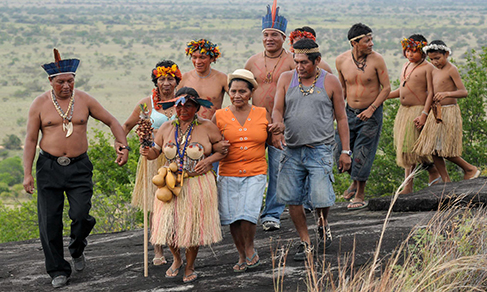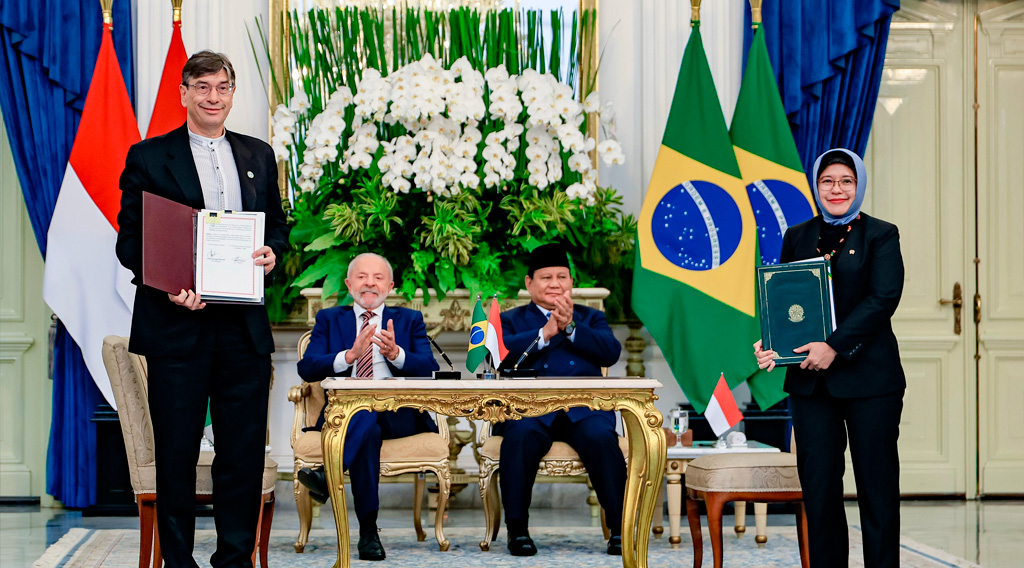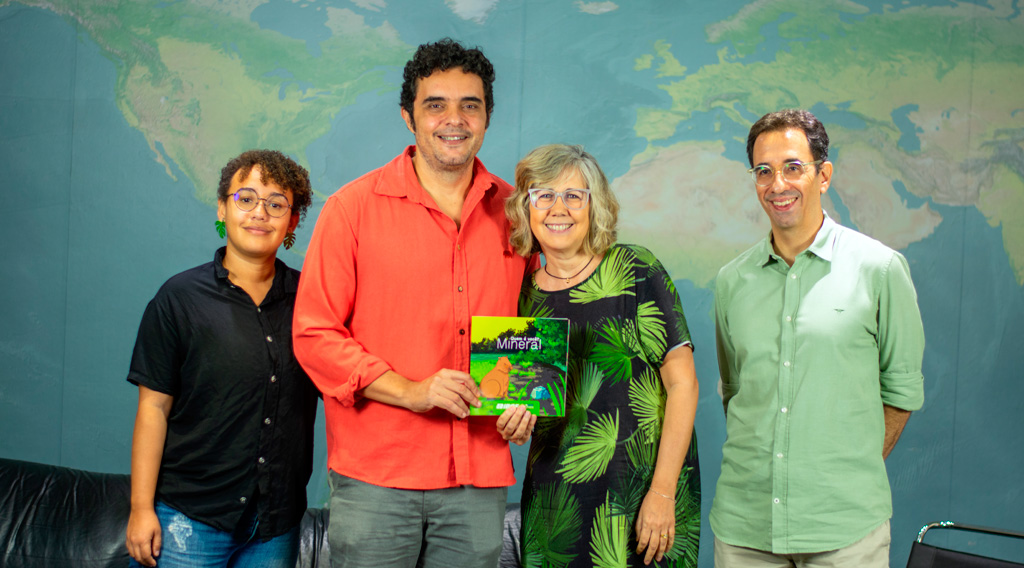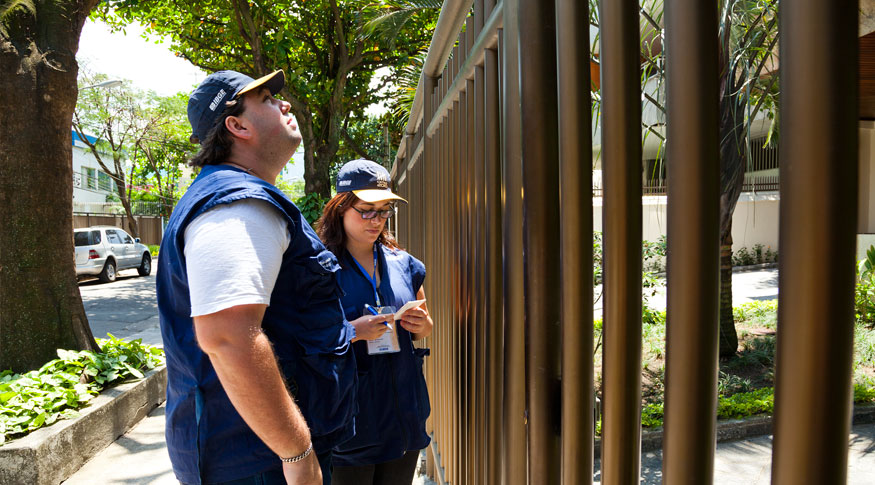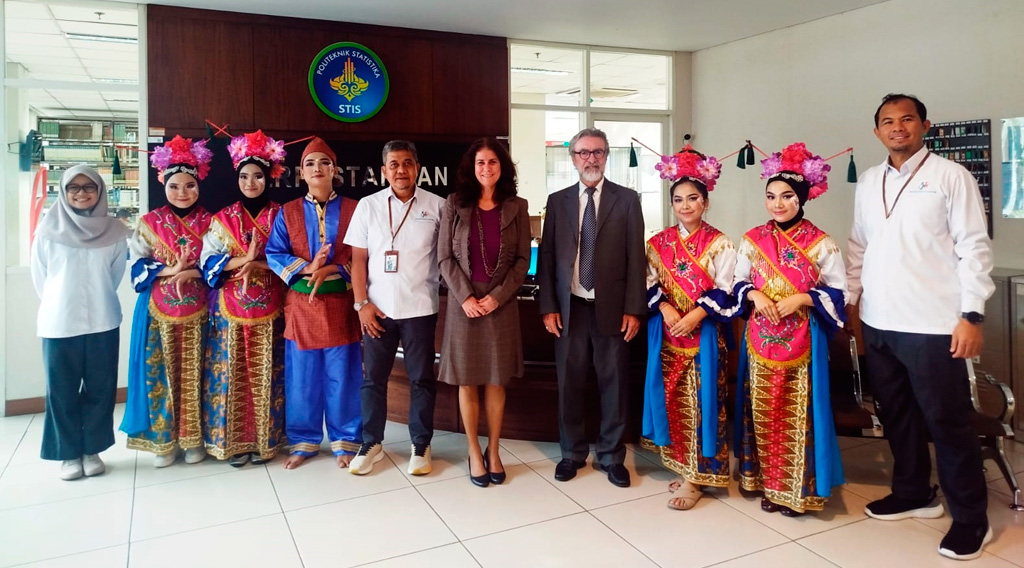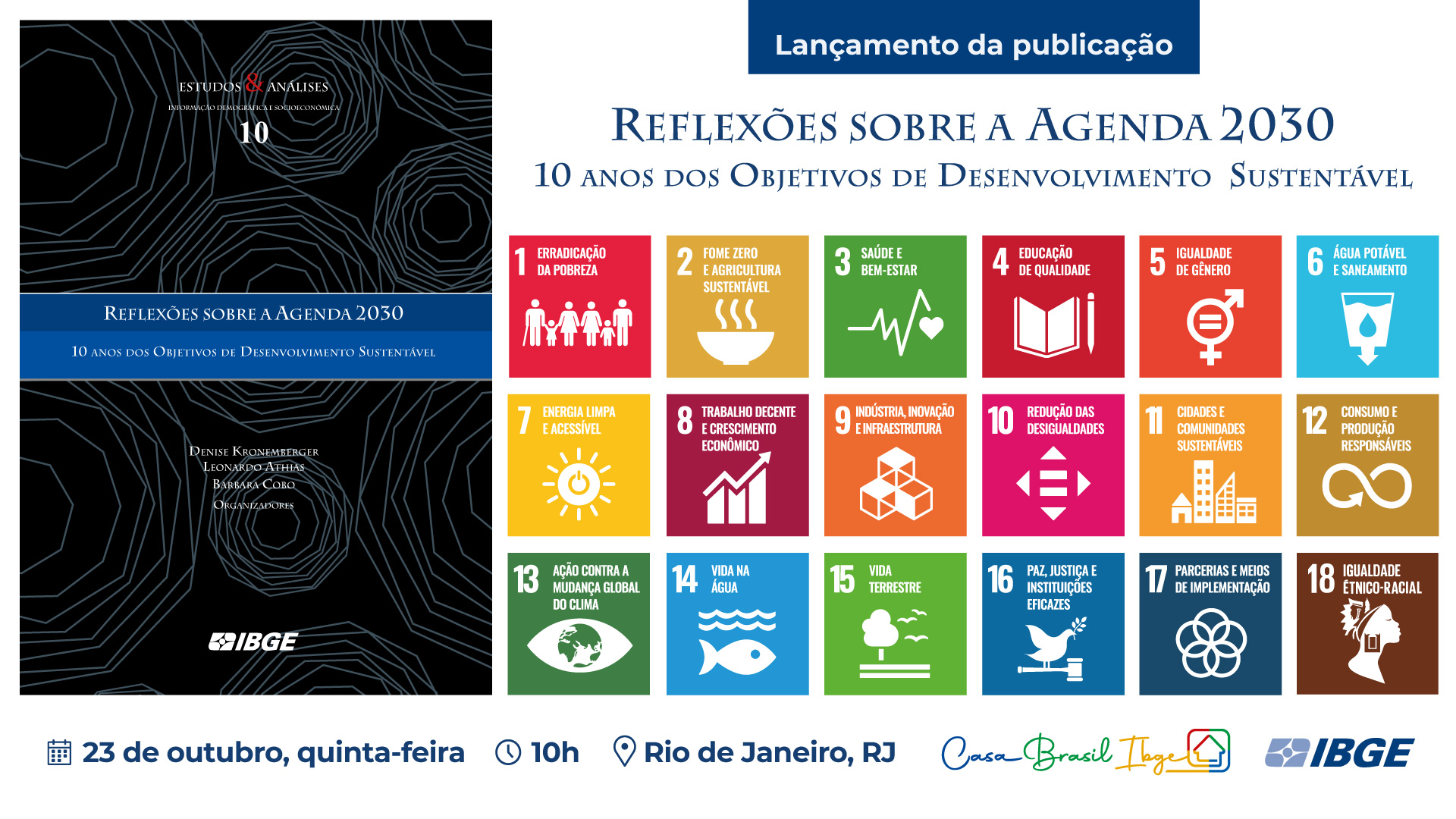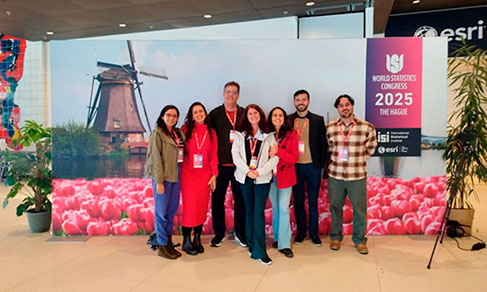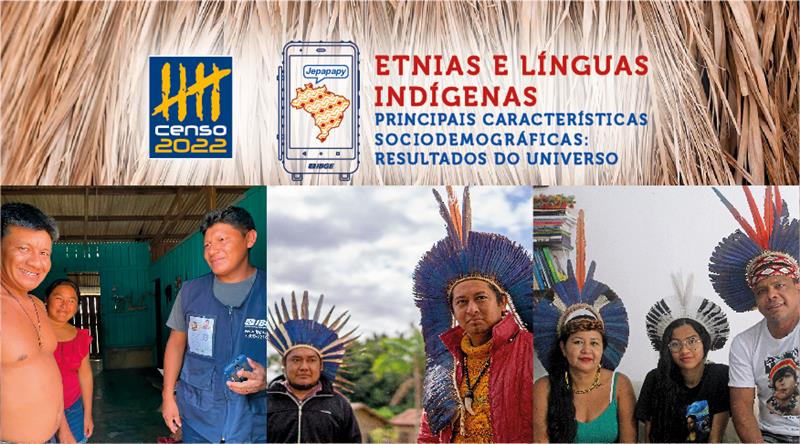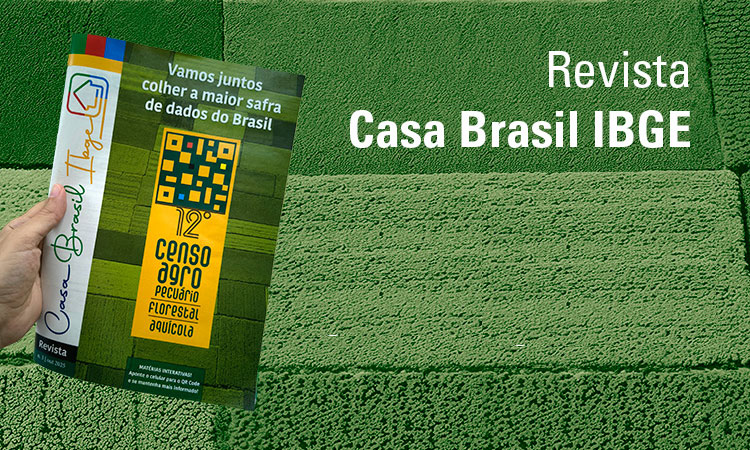New proposal for territorial classification portrays a less urban Brazil
July 31, 2017 10h00 AM | Last Updated: September 04, 2017 09h21 AM
With an eye on the dissemination of the 2020 Population Census, the IBGE proposes a new typology to characterize urban and rural areas. Using this methodology, the urban population in Brazil decreases from 84.4% to 76%.
Demographic density, localization in relation to the main urban centers and population size are the fundamental criteria of the methodology, which is still being discussed. Therefore, crossing these variables, the municipalities are divided into five types: urban, intermediate close to a city, intermediate remote, rural close to a city and remote rural.
60.4% of the municipalities re rural and concentrate just 17.0% of the population
From the perspective of the new proposal, presented in the study Classification and characterization of the rural and urban spaces in Brazil: a first approach, 76% of the Brazilian population are found in predominantly urban areas, which correspond to just 26% of the total municipalities. On the other hand, the majority of the municipalities (60.4%) were classified as predominantly rural, gathering, however, just 17% of the population.
Considering this typology, the North Region stood out due to the high percentage of rural municipalities (65.0%), despite the fact that 66.3% of its population lives in urban municipalities. The Northeast Region, in turn, registers the lowest percentage of persons (59.3%) in urban municipalities, with almost 1/3 (29.5%) of the population living in 1,236 rural municipalities (68.9%).
The Southeast, the most dynamic region in economic terms, recorded the highest percentages of urban municipalities (37.5%) and of population living in urban municipalities (87%). The South Region has the lowest figures of intermediate remote municipalities (0.02%) and remote rural municipalities (0.03%), which demonstrates the great proximity among its municipal headquarters.
The Central-West Region, in turn, came up as an area of great contrasts: simultaneously with the second biggest population in urban municipalities (79.8%) and in remote, intermediate and rural ones (2.3% and 4.0%, respectively).
New classification will improve results for 2020 Census
By the criteria in force, the urban space is determined by a municipal law, according to which rural is defined as every area other than the urban ones. This classification presents Brazil with 84.4% of the population living in urban areas and 15.6%, in rural spaces (data from the 2010 Census).
The coordinator of Geography of the IBGE, Claudio Stenner, emphasizes, however, that the new methodology will not replace the one currently used: "The IBGE will keep on working with the legal delimitation of urban and rural spaces. The goal is to have more than one classification types in the 2020 Census in order to provide qualified data in terms of territorial divisions and more realistic statistical information so as to give enough support to public policies and planning in general."
He also claims that it is very important that society and other institutions participate in the process so that the study can develop properly for the 2020 Census: "We must debate this issue with society. It is such a relevant, fundamental topic that we cannot simply release a document without discussing the idea first. Next year, we intend to get together with some ministries to go forward and formalize this debate with the Brazilian State."


